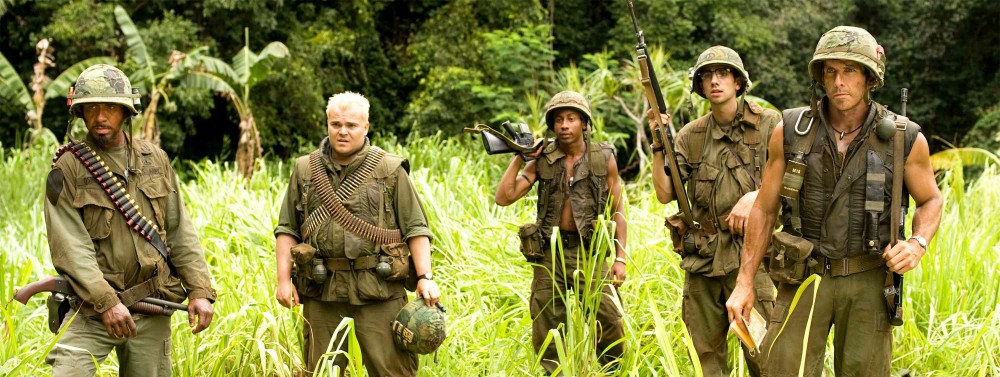Perfumed nightmare was probably my favorite movie that we’ve watched so far (besides Singing in The Rain, but I’ve seen that before). It was still odd to watch because the whole time I was watching the film I was trying to figure out what was going on. It took me until about the time Kidlat got to Paris to realize a little bit about what the film is saying. In the beginning of the film we see Kidlat as the head of the Wernher Von Braun fan club in his small village. Kidlat is so consumed with the idea of progress and change. He dreams of going to America to become an astronaut, and for much of the film we see him trying to chase this dream. The film was hard to follow because it flashes back and forth to scenes from his childhood as well as scenes that don’t really involve Kidlat at all. It’s hard to tell if this movie follows a traditional narrative or not.
When Kidlat first gets to Paris he is amazed by everything he sees. One of the first things he notices is that there are a tremendous amount of “bridges” in Paris. He immediately writes home telling of what he has seen. He talks about the many bridges in town and the walkways “walking for you.” When I was watching this scene it made me think that Kidlat has a very childish view of the world. He looks at everything with wonder and amazement. It isn’t until he drives back from Germany that things come to a turning point in the film. Kidlat returns to the market where he originally befriended an old woman to find that it has been replaced with a supermarket and that the old woman was gone. This is the point where Kidlat loses his grasp on what he thought reality was. He begins to question why everything is so large in the city. He asks himself, “If small chimneys work, why the large chimneys?” This is the first part in the movie that I noticed brought up the question or criticized society.
At the end I was left with more questions than answers. Some things that I noticed were prevalent throughout the movie were bridges, cars, and horses. We see Kidlat’s obsession with bridges from the very beginning of the movie as he crosses his local bridge with different vehicles in tow. I still have no idea what this means or signifies. We see many cars throughout the movie, and perhaps these images tie into the post war economy that they are living in. They have the discarded vehicles from America that were left over from the war and I tied the toy car in with his feelings about America. Overall this movie, for me was a very confusing but entertaining film.

I’m really interested in your observation about how the film started to make more sense to you after Kidlat leaves for Paris. I had similar feelings about the film’s structure (and I know a lot of other folks did as well). I have a few tentative hypotheses about why I/others felt this way, but I’m not sure if they hold water.
My first thought was just about cultural familiarity: we’re more comfortable with the movie when Kidlat makes it to Paris because we’re more familiar with the rules of that culture than we are with the rules of the culture of the Philippines.
My second thought was that the conflict in the movie becomes more clear when Kidlat gets to Paris: his dreams about the West come into conflict with his experiences there. As viewers, we expect there to be a central conflict in a film—conflict is probably the most essential ingredient in narrative—and Kidlat’s trip to Paris finally gives us a clear conflict.
While surfing the web, this blog has been led.
There are many very fresh posts. Enough to get my attention. I’ll come to check often.
토토 핸드
카지노 사이트 추천
사설 토토 사이트
스포츠 토토 배당률
스포츠 토토 승부 식
https://www.j9korea.com
Thank you for making this knowledge so accessible online. หวย ยี่ กี วัน นี้